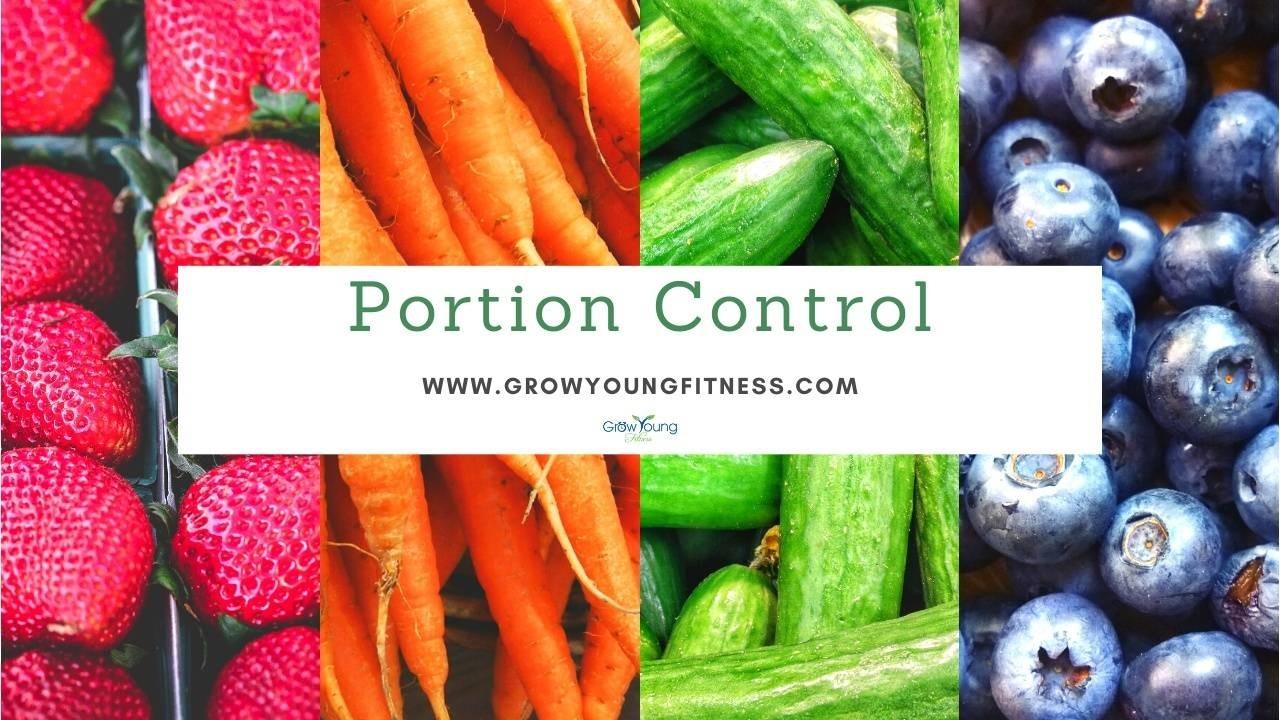Portion Control
Oct 06, 2020
Importance of Portion Control
When thinking about portion control, many people associate it with weight loss. Portion control can assist people to change their body composition, however, it’s also useful for anyone who is trying to live a healthier lifestyle.
Knowing how much you should eat does more than help to prevent overeating. Portion control is important for making healthy eating choices that will provide the energy and nutrients to fuel your workouts.
What is it?
Portion control is a way to ensure you’re eating enough nutritious food while not overeating. A good understanding of portions comes from knowing how much of a particular food will satisfy you and provide enough energy until your next meal. A portion is more of a rough guide, while a serving is a specific amount.
For most people, there’s no reason to measure out all of your food servings once you understand the correct portion size for you and your goals. With practice, you will learn how much food to eat and how it makes your body feel. Then eating the right amount will become a habit. Portion control is a way to eat the right amounts of each food while helping you reach your health and fitness goals.
Should you count calories?
No, you don’t need to count calories, instead educate yourself on a balanced diet containing a range of carbohydrates, proteins, and healthy fats.
What should be on a plate?
- Half filled with vegetables or salad
- One quarter good quality protein
- One quarter complex carbohydrates with healthy fats
Flexibility is important to healthy eating. Some days you will have more from a particular food group while other days you might have less. It might help to look at what you’re eating over a whole week, rather than a day or two.
Correct Sizes for You—
A portion is an amount you eat in a particular snack or meal and depends on how hungry you are as well as the type of meal you are eating. It is different from a serving size.
For example, a serving of grains is one slice of bread. If you have a sandwich for lunch, you might have two slices or two servings of bread, therefore this is your portion size.
Tips—
Many restaurants, cafes and food manufacturers have increased sizes you receive to make it look like you are getting better value. Knowing your correct portion sizes can help you to eat a healthy, balanced diet without going hungry or overeating.
Use Smaller Dishes
Have you ever noticed that the plates used in cafes and restaurants are often large? If you’ve been brought up to clear your plate at every meal, this can lead you to eating more than you actually need. Using smaller plates at home can help you feel satisfied eating a full plate of food.
Use your Hand Size to Help
Rather than carrying around measuring cups, you can estimate a portion size based on your hand size. Your hand is proportional to your body, making this a useful guide.
- Your palm is the size of a portion of good quality protein
- Your fist is approximately the size of a portion of vegetables
- Your cupped hand indicates a portion of carbohydrates
- A portion of healthy fats should be the size of your thumb
Eat Slow and Mindful
Remove distractions, such as TV, when eating. Try slowing down your eating pace by putting down your cutlery while you are chewing. You could even sip water between mouthfuls to slow your eating pace. This allows time for your body to give you feedback and let you know if you’re actually full. Also, concentrate on how the food smells, looks, and tastes. When you eat mindfully, you may enjoy the food more and end up eating less to feel satisfied.
Start with a Glass of Water
Sometimes when we think we are hungry we’re actually just thirsty. Staying well hydrated and starting meals with a glass of water helps to curb that thirst disguised as hunger.
Serve Yourself on a Plate
When you serve yourself from communal dishes on the table or from a buffet, it’s easy to lose track of how much you’ve eaten. When you serve your meal onto a plate, you can see your portions and assess if you have enough variety in each food group.
Include Protein with Every Meal
Protein is more filling than other macronutrients, so including protein with each meal will help you to feel satisfied and fuller for longer after you finish eating.
Don’t Eat from a Package
If you’re eating packaged foods, don’t eat straight from the bag or box. Check the recommended serving size and take out a portion for now. Alternatively, you could buy pre-portioned or single-serve packages to make things easier.
Having a healthy mindset to nutrition means being flexible. Understanding portion control is just one aspect of developing sustainable, healthy eating habits. With this knowledge, you can be comfortable eating in any environment, whether it’s cooking at home or getting together with others.
Be sure to checkout the recipes and meal planners on www.growyoungfitness.com/recipes

